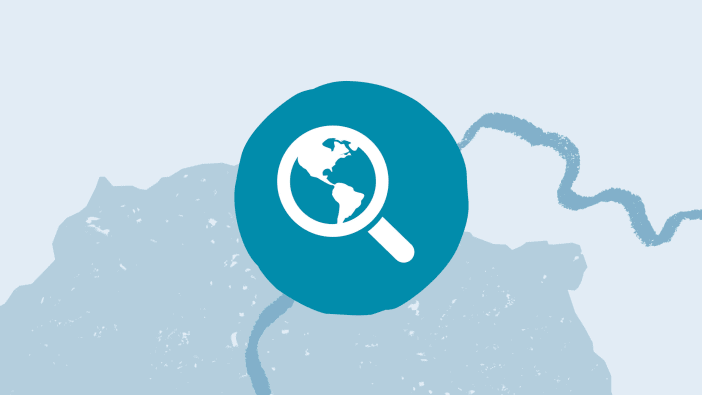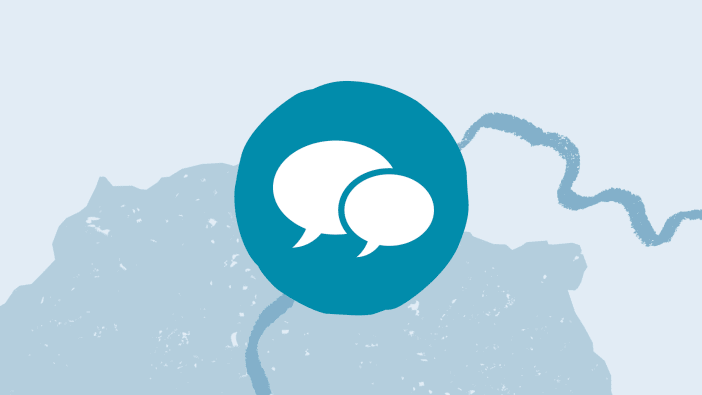by Osvaldo Munguia and Graham Gordon.
MOPAWI is an NGO which began in 1985, based in La Mosquitia region of Honduras, Central America. This is a vast expanse of unspoilt rain forest with many protected areas. MOPAWI works for the sustainable development of the indigenous people in the region.
When MOPAWI started work it discovered that the indigenous people believed that the land they lived on was theirs, when in fact it was classed as national land. This meant that nobody had secure tenure and that anyone could ‘peacefully’ settle on the land and, after some years, claim it as their own. MOPAWI began to create awareness of the issue of land tenure and helped people to organise themselves at community level to be granted land rights. The indigenous population has now been in negotiations with the government for nearly ten years.
Patuca Dam project
Honduras cannot supply enough electricity to serve the current needs of its population. Since the 1960s, the government has been collecting data from the Patuca River in La Mosquitia to consider whether it would be a suitable source for hydro-electric power. Since 1994, supplies of electricity have been rationed. Honduras has needed to buy electricity from neighbouring countries. The government has been under pressure from these countries and from its own industry to develop its own secure source of electricity.
In 1996 the government contracted two North American companies to build a dam on the Patuca River, and granted them concessions to sell electricity back to the national power company for the following 40 years. Within days the government had effectively provided natural resource rights to foreign companies, whereas ten years of ‘negotiations’ with the indigenous population had still resulted in no rights for their land.
The companies hired an agency from Costa Rica to consider the likely impact of the proposed dam on the environment and the people. This took just six weeks to complete and there were fears that it was rushed through so that the dam could be started as quickly as possible.
MOPAWI’s concerns
MOPAWI were concerned that this dam would have devastating consequences on La Mosquitia:
- The dam would prevent the river from flooding. This would stop land being fertilised, thus reducing food production.
- The Patuca River provides the main form of transportation for the region. The dam would lower the water levels and make it more difficult for boats to travel to and from the coast.
- A new road was planned which would open up the area for outside migration, threatening the land rights of the indigenous population, putting pressure on an already fragile ecosystem and increasing logging.
- The electricity was for the main industrial cities and La Mosquitia would be the last place in the country to receive a constant supply.
There was also evidence from a geologist that the high annual rainfall and the fragile ecosystem could lead to heavy soil erosion, resulting in the dam being blocked after only a few years. The result would therefore have been environmental destruction but with no ongoing supply of electricity to show for it.
Advocacy action
MOPAWI felt led to take action to raise awareness of the implications of the dam. Their advocacy work led to involvement at many different levels:
Networking with organisations The first step for MOPAWI was to work with other concerned groups to form a coalition which included environmental groups, indigenous people’s groups and local government representatives.
Working with the community At the same time, it became involved in many popular awareness-raising activities. These included seminars with people in La Mosquitia, a weekly programme on the national radio with a phone-in discussion, and a press conference with the Honduras media. ‘The work we had done ten years earlier to help the people organise themselves over land rights, meant that they quickly organised themselves to stop the dam,’ says MOPAWI’s Director, Osvaldo Munguia.
Lobbying at government level MOPAWI staff also met with the government and the companies involved to discuss the issues and represent their concerns. This was done in private meetings as well as through holding a public forum in the capital city to which the government, companies, indigenous groups, environmental groups and the media were invited.
Working at international level Early in 1997 MOPAWI contacted partner organisations in the UK, such as Tearfund, and in the USA, such as the Native Lands Group and the International Rivers Network. MOPAWI asked them to put external pressure on the Honduran government and on the companies to halt the plans for the dam.
Objectives of the campaign The coalition demanded the following action be taken:
- an environmental study of at least 18 months so that the likely effects on the environment and animals could be understood during all of the different seasons
- serious investigation of all possible alternatives for providing power in Honduras
- granting the Patuca region status as a protected area
- granting communal land rights to the indigenous population.
‘One of the strengths of the campaign was that all the groups in the area worked closely together, and we had the opinions of experts as well,’ comments Osvaldo. The proposed dam became a subject of national interest. ‘The company started taking us seriously when they realised that if we were correct, the dam would be blocked with silt within a few years and they wouldn’t recover their investment.’ The construction companies, concerned that it may not have been a good investment, were more eager to talk, even though they were still planning to go ahead with the construction.
The coalition did not merely complain about the proposed dam but tried to find alternative solutions. They recognised the need for electricity and showed that a series of smaller dams could be built throughout the country to provide more electricity. They also showed how, by using biomass, solar and wind energy, Honduras could produce enough electricity for the whole population.
Personal danger
The campaign was not without danger for those involved. Date Alcalde, the mayor of Catamas in the Patuca region, was found killed in his office. He was an enthusiastic supporter of the campaign to protect the Patuca National Park and it is thought his death was connected to this in some way.
In October 1998 Hurricane Mitch tore through Honduras, causing huge destruction to homes and the environment. For more than 150km along the Patuca River, huge areas of the river bank and thousands of trees were completely washed away. There were mountains of trees and extensive silting along the river bed. A subsequent impact study showed that, even if the dam had withstood the force of the hurricane and resulting river flow, it would have received so much silt and debris that it would have been unusable.
The situation now
In March 1999 the companies involved officially withdrew their involvement with the dam project. They said this was due to the level of local opposition. It must also be partly because they realised the project was unworkable. However, the government still has plans to build the dam and is looking for other partners.
Apart from stopping the project at present, the campaign has enabled the people in La Mosquitia to be better organised. It has strengthened the environmental movement in Honduras as a whole and more people are supportive of protecting natural forests.
The future
The coalition is ready to deal with future proposals to build the dam. MOPAWI are still working with the indigenous communities and the government for land rights to be granted to the indigenous communities. When this happens they will be in a much stronger position to prevent unwanted development and to control their own future. ‘The indigenous groups in the region didn’t really associate with the government before. Now they are talking to them at the highest level.’
Osvaldo Munguia is Director of MOPAWI, Apdo 2175, Tegucigalpa MDC, Honduras, Central America.
E-mail: [email protected].
Graham Gordon is Public Policy Officer for Tearfund, UK.
E-mail: [email protected]








